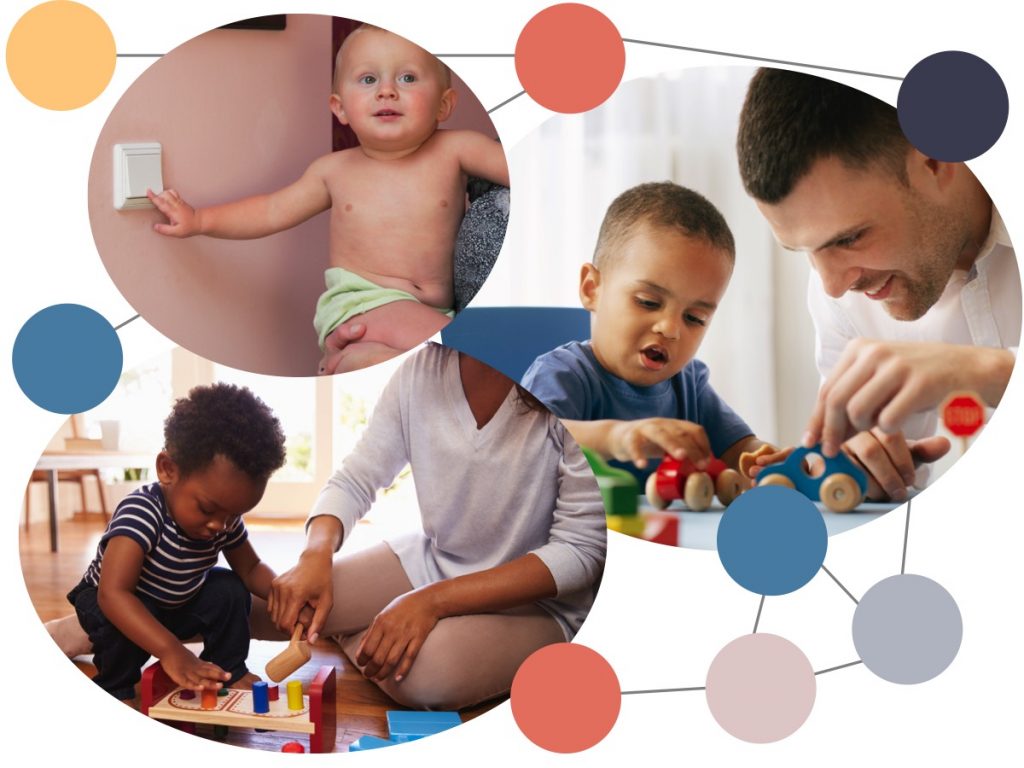
One way to encourage children’s learning of cause-and-effect is to verbally label and discuss causes and effects with them. For example, when a child uses a toy hammer to hit a table, you can label the hammer as the cause and the loud sound as the effect. You can say, “Look, the hammer makes that loud banging sound. The loud banging sound happens because we are hammering.”
Or, as you walk into a room and use a switch to turn on the light, you can say, “Hmm… I want to turn on the light. I think that flipping this switch will make the light turn on. Let’s see what happens.” When the light turns on, you might say, “yay! Look, flipping the switch caused the light to turn on.”
With much younger children, you can even play a pointing game in which they point to an object and you either verbally label it as the cause of something or an effect of something. For example, if the child points to their toy car, you could say, “the car is rolling because you pushed it.” This may even inspire you as a parent or educator to explore the different cause-and-effect relations hiding all around you. From big questions, like why is the sky blue? To everyday questions like why is there always traffic on this road at 2PM?
-
- Intervention
- an action taken on something with the goal of bringing about an effect
- Spatial contact
- when two or more objects touch each other